This post contains affiliate links. Please see our disclosure policy.
Do magical foods that give you a longer life sound a little too good to be true? Well, they aren’t! These 9 Blue Zone foods promote longevity while giving you serious health benefits in daily life.
How do we know? The truth is in the numbers. The longest living social circles of people use healthy habits mixed with the Blue Zones diet!
The following nine foods are found in the diets of people who are outliving the rest of us. And more so than fad diets or restrictive eating, the eating pattern of the world’s oldest people can teach you how to make better nutritional choices based on some pretty common-sense principles.
Have you ever wondered what healthy diet can improve cognitive function and increase longevity? If you answered yes, it’s time to take a closer look at the long-living people in Blue Zones communities.
- What healthy food are they eating?
- What are their daily practices?
- What physical activity do they prioritize?
- Why do they choose unprocessed foods?
- What are their common characteristics?
Read on to discover what these masters of longevity—who live in regions of the world called Blue Zones—can teach us, and get a Blue Zone foods list of what’s featured in their mostly, plant-based foods diets.
| Product Image | Product Name | Primary Button |
|---|---|---|

Save This Article To Read Later
What Are Blue Zones and Where Are They?
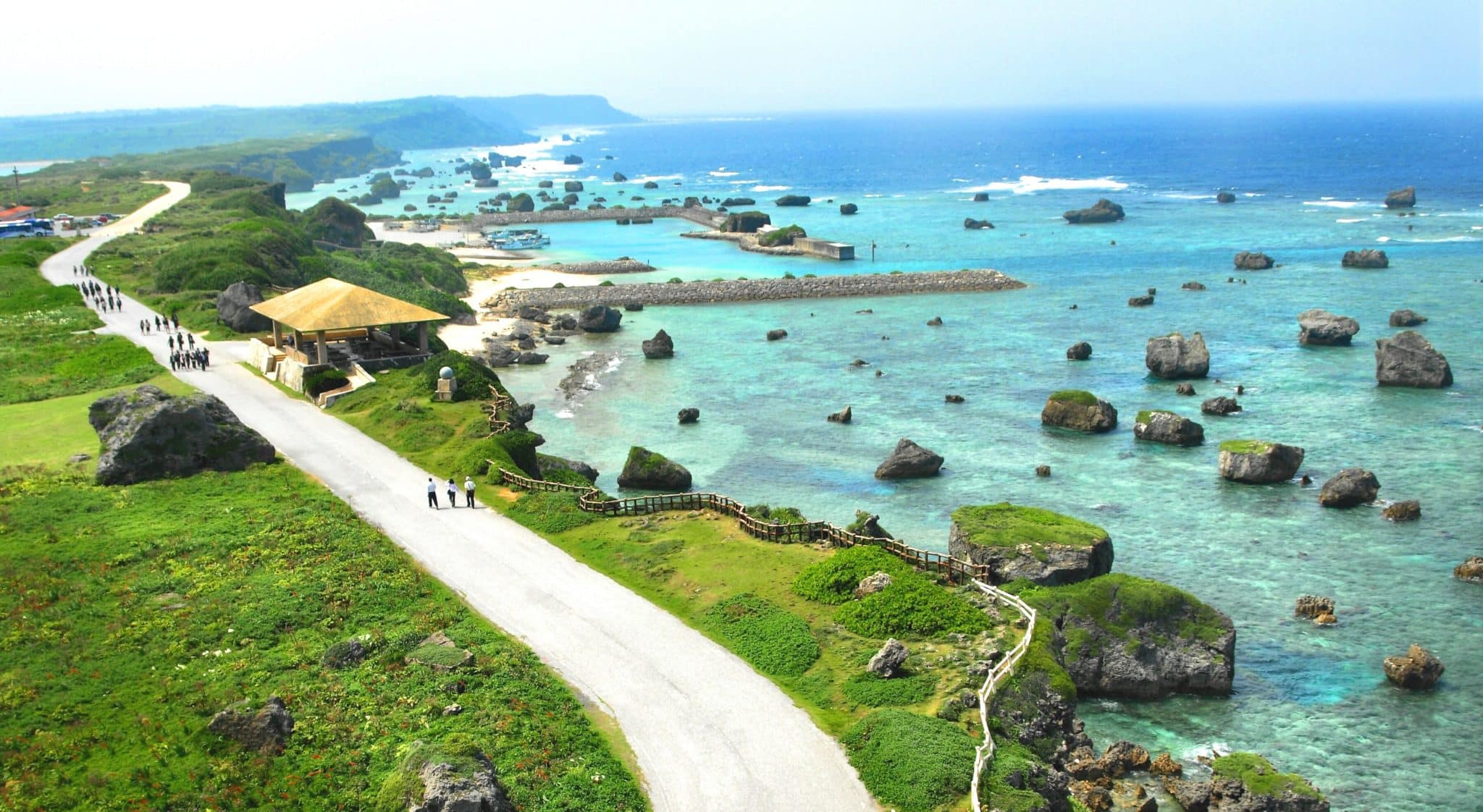
“Blue Zones” are areas in the world where people live to be 100 at ten times the average rate.
The phrase was coined by National Geographic author Dan Buettner, who set out to find places in the world where populations lived the longest, with the highest quality of life.
His findings were compiled in the book Blue Zones, where he reveals these five places that have the world’s oldest populations—and what their healthy lifestyle habits are.
The five blue zones are:
- Okinawa, Japan
- Ikaria, Greece
- Sardinia, Italy
- Loma Linda, California (an Adventist community)
- Nicoya, Costa Rica
If you want to know how to live longer, the data mined from this research can be your guide. While Buettner’s research includes these populations’ exercise and social habits, it also spends a fair amount of time covering what they eat.
As the saying goes, you can’t “out-exercise” a bad diet, meaning regardless of what your other lifestyle habits are, the food you eat is a huge determinant of your health and longevity.
Not only did Buettner find that people in blue zones shared some fundamental nutritional beliefs (which we’ll get to in a bit), but their diets shared some common healthy foods.

Your Blue Zone Food List
Here are nine of the most common Blue Zone foods and why they make up a healthy blue zone diet. Take this Blue Zone food list with you when you go to the grocery store and it may just help you live a longer, healthier life.
1. Legumes
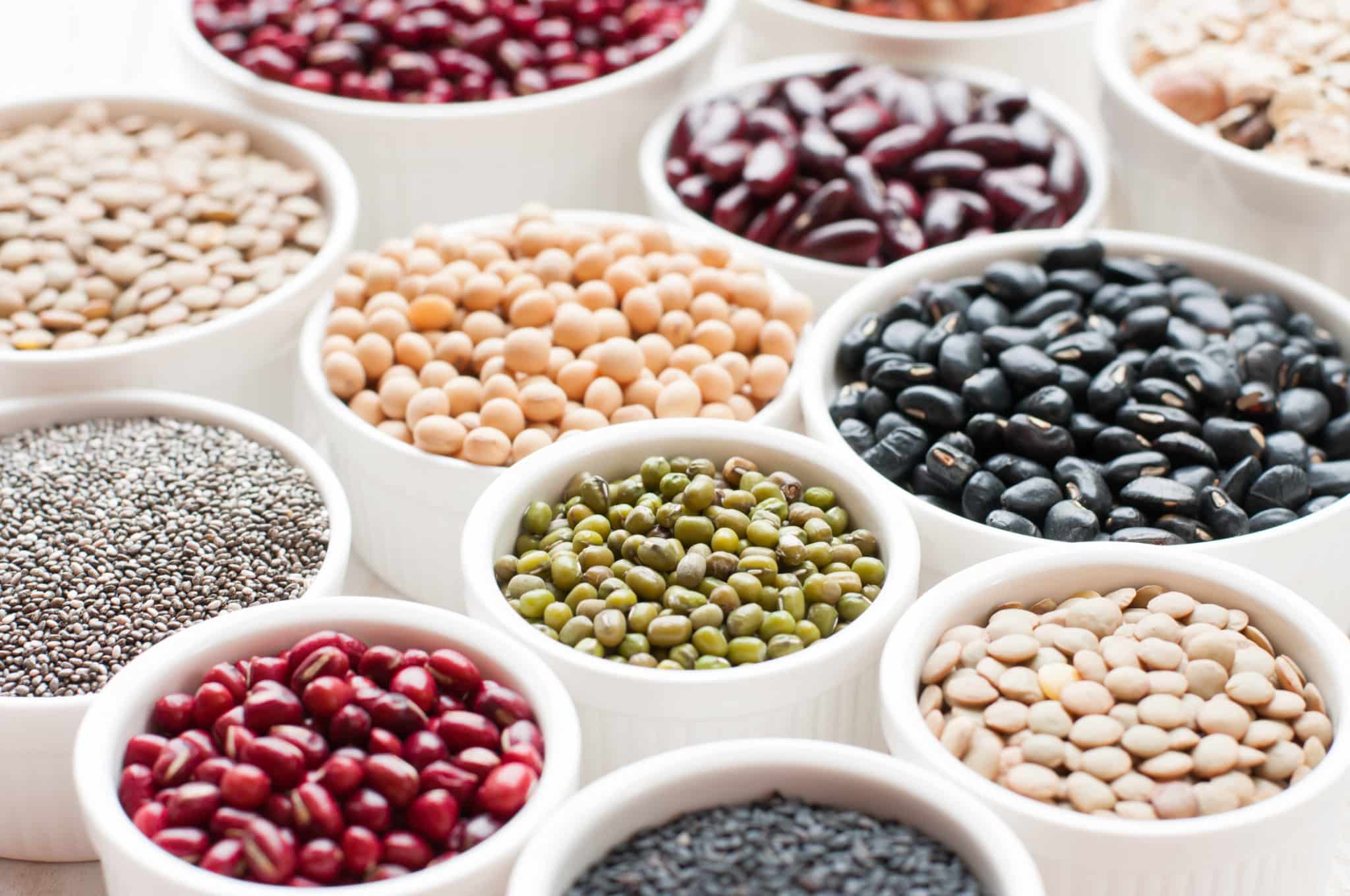
Legumes include beans, peas, and lentils, and people living in Blue Zones are their biggest fans. In fact, Buettner’s research found that people living in Blue Zones consume at least four times as many legumes as most places in America.
People living in Nicoya love black beans; Okinawans prefer soybeans; and residents of Ikaria cite garbanzo beans, lentils, and black-eyed peas as favorites.
Legumes are highly nutrient-dense and a form of complex carbohydrate, meaning they give you a slow and steady dose of energy instead of the crash-and-burn you get from refined carbohydrates. Naturally rich in fiber and protein, legumes not only fill you up but also keep your digestive habits regular, as fiber is often referred to with a wink as “nature’s broom.”
Aside from Buettner’s research, multiple studies point to legumes as a major longevity booster, so load up on them when you can!
2. Shiitake Mushrooms
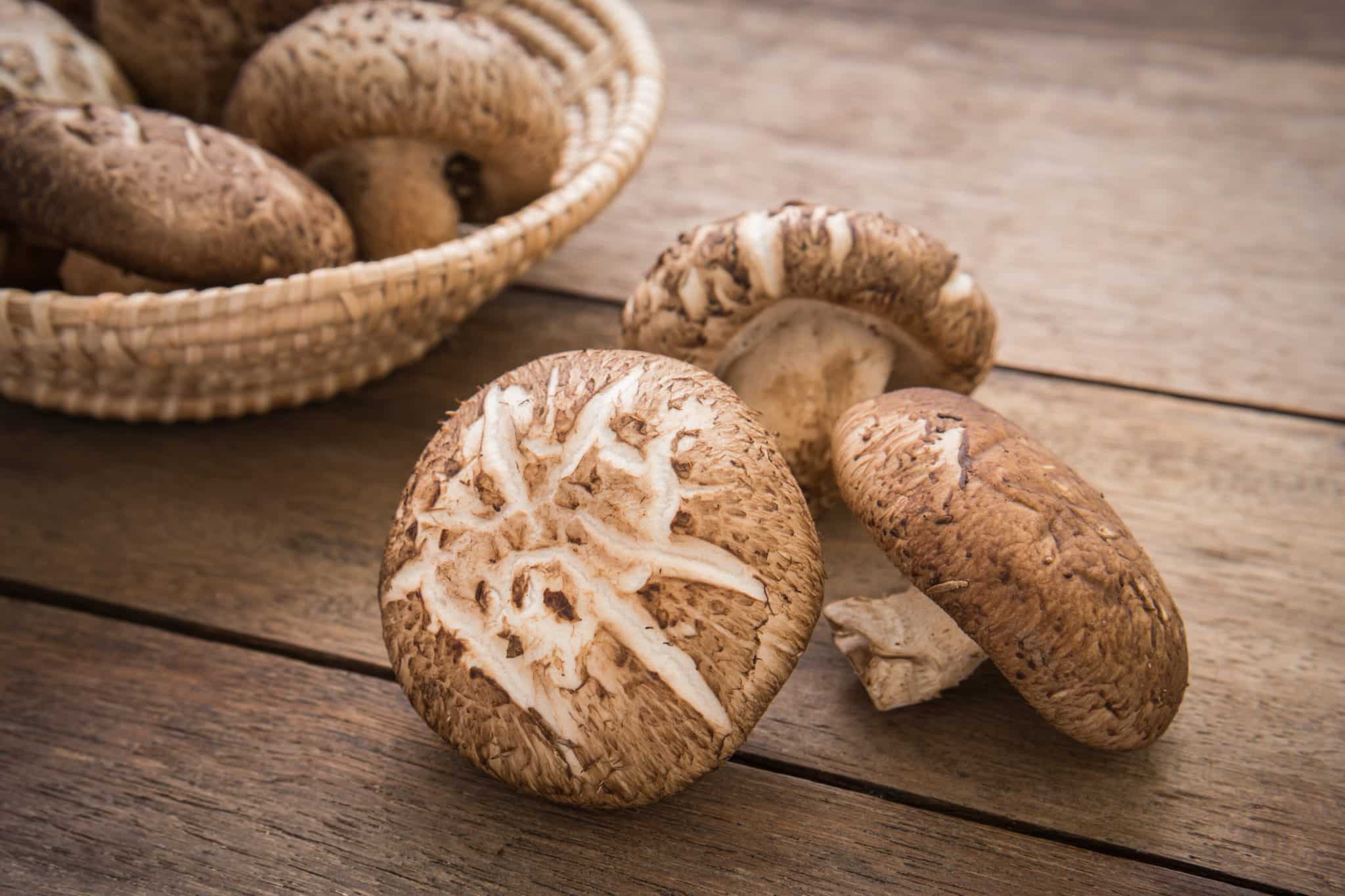
This mighty mushroom is one of the most popular in the world, but it’s praised extra-highly by residents of Okinawa, Japan, who often add them to delicious miso soup or stir-fries. Long-heralded in Asian countries for their powerful medicinal qualities, Shiitake mushrooms are said to help lower cholesterol and contain antiviral and even anti-cancer properties.
You can consume them raw or cooked, add them to stews and salads, top them on your favorite steak, or even add them to a homemade flatbread.
However you add Shiitake mushrooms to your diet, you can take pride in knowing they pack more than 100 different compounds containing immune-protecting properties.
3. Leafy Greens
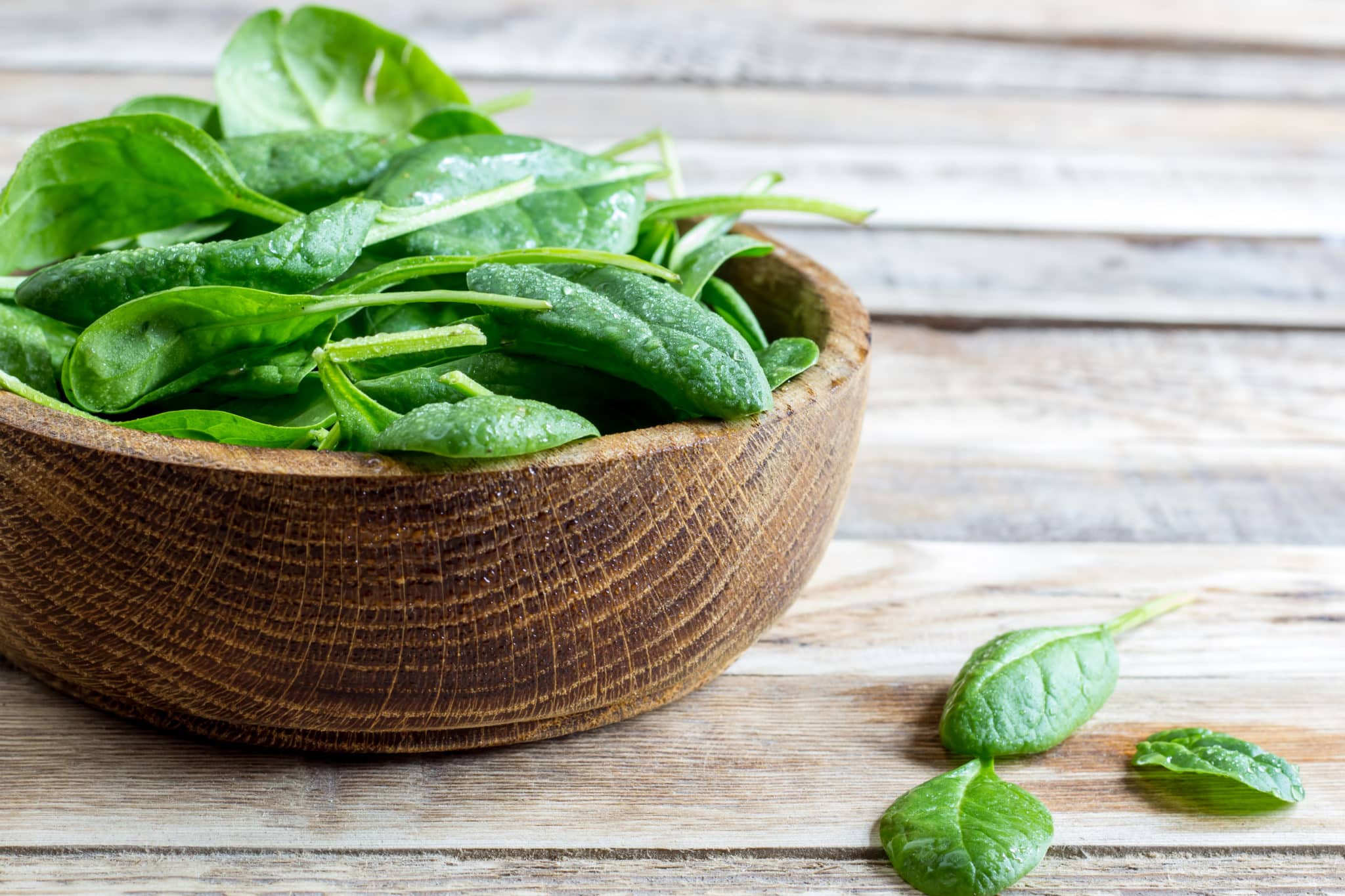
It should come as no surprise that people living in Blue Zones eat plenty of vegetables and more particularly, greens. But that regular old Romaine isn’t exactly what we mean (not that there’s any shame in your Caesar salad game).
People living in Blue Zones eat all kinds of leafy greens, including those dark leafy MVPs like kale, spinach, and swiss chard.
Residents of Ikaria, Greece also take pleasure in the more than 150 varieties of wild greens found on their island, including dandelion greens, purslane, and arugula. Eating a cup of leafy greens per day will give you a mega-dose of minerals and carotenoids, which your body converts to Vitamin A.
Several studies also suggest leafy greens can play a role in staving off cognitive decline and dementia.
4. Nuts

Barring any allergies or food sensitivities, we should all include more nuts in our diet. Why? They’re one of the most overlooked, yet convenient superfoods. Nuts are full of healthy fats and an excellent source of protein.
They’re also awash with vitamins and minerals your body needs like magnesium, folate, vitamin E, and the hard-to-get selenium.
Buettner found that Blue Zone residents usually eat about 1-2 handfuls of nuts per day—so aside from sprinkling them on salads or adding them to your granola, you can also enjoy a handful or two throughout the day as a snack.
Choose from almonds, pistachios, walnuts, Brazil nuts, peanuts, and cashews.
5. Sweet Potatoes

Sweet potatoes are a staple of the Okinawan diet. Although their sweet potatoes actually have purple flesh on the inside, all colors deliver significant nutritional value. To start, sweet potatoes contain high amounts of B vitamins and are full of fiber.
They’re also an unparalleled source of beta-carotene, which your body converts to the much-needed Vitamin A. Just how necessary is this vitamin?
Vitamin A helps all your major organs function and assists your immune and reproductive systems, too.
The edible peel of the sweet potato is also rich in antioxidants, with some studies even suggesting it has potential cancer-preventing properties. Swap your next dinner side for sweet potato or dice and cube some to mix in with scrambled eggs.
We also like to make sweet potato toast topped with other healthy ingredients like avocado.
6. Whole Grains
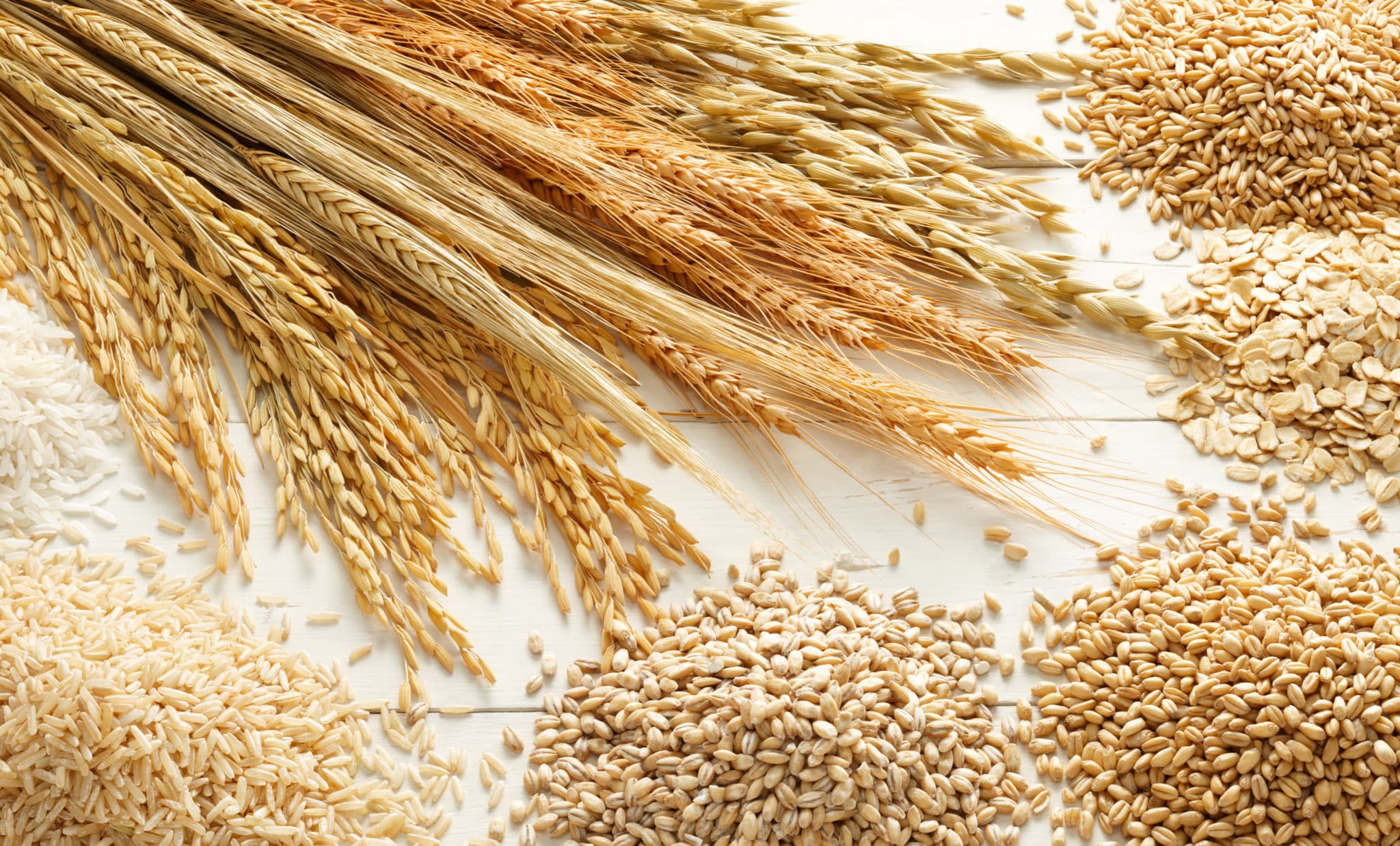
You get to eat grains on the blue zone diet, just not the white, refined grains many Americans do such as white bread.
Across the globe, Blue Zone residents are busy eating whole grains such as oats, barley, brown rice, and ground corn. These whole grains not only supply your body with energy but help stave off disease.
A recent study published in BMJ suggests that eating whole grains can help reduce your risk of heart disease, diabetes, cancer, and other ailments.
To get more whole grains in your diet, start your day with steel-cut oatmeal, or even add a little brown rice to your breakfast. (Our Black Bean Breakfast Bowls help you start your day with healthy legumes, brown rice, and more!)
7. Fruits and Veggies
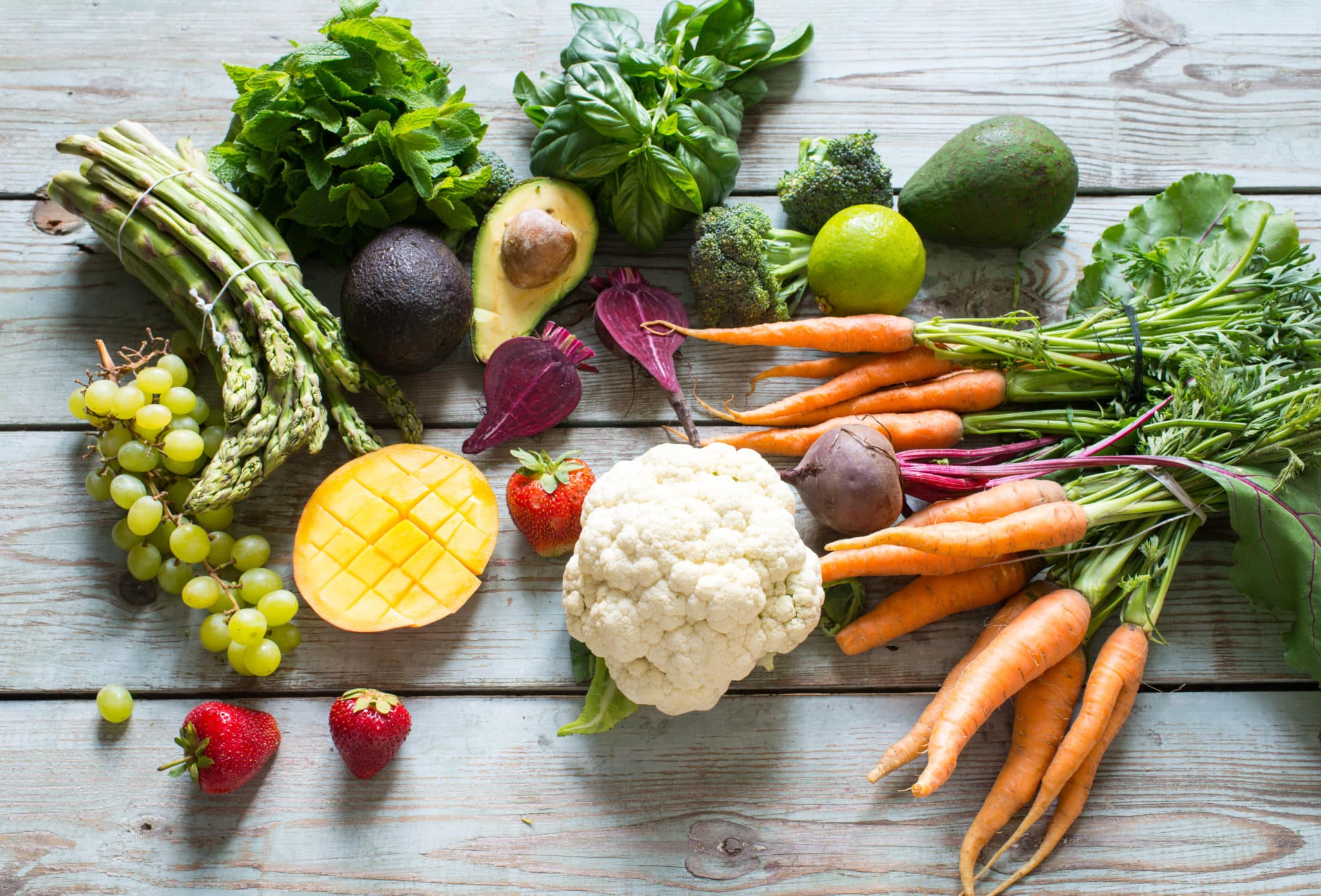
Aside from whole grains, fruits and vegetables are also technically considered carbohydrates. And Buettner’s research found that on average, Blue Zone residents had a diet that was 65% carbohydrates—meaning the world’s oldest people are eating mostly fruits, veggies, and whole grains.
This isn’t necessarily breaking news, but it is a good reminder that fruits and vegetables are always a healthy choice.
Some people get hung up on the natural sugar found in carrots or berries, but here’s the truth: natural sugar is not the same as fake sugar, and we’ve never met someone who became sick or obese from loading up on produce.
Blue Zone residents know this too, and they’re busy eating antioxidant-rich berries and grapes, carrots, bitter melon, lemons, and more.
8. Fish
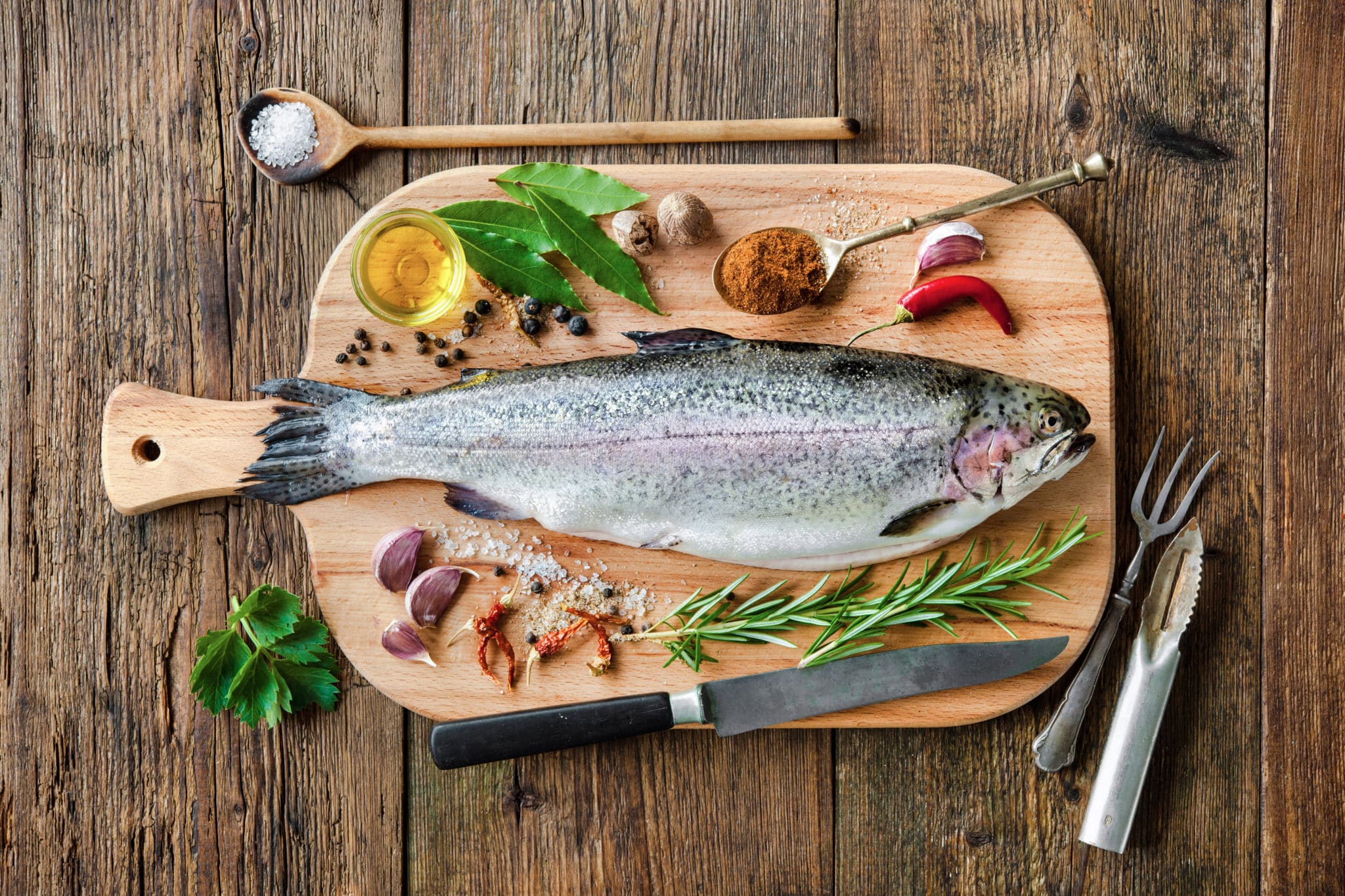
Fish is a common part of everyday meals in many Blue Zones, but like any meat, the world’s oldest people don’t go overboard. Interestingly enough, many Blue Zone residents consider themselves pescatarians, meaning they don’t eat red meat but will stick with the occasional small serving of fish.
When they do eat fish, they consume roughly three ounces (picture a deck of cards for size) and typically choose smaller fish like sardines, anchovies, trout, or grouper.
These fish provide tons of omega-3 fatty acids, can boost heart health, and are an excellent source of protein. If you can’t quite get over the taste of anchovies, though, never fear.
Choosing other types—like salmon—will still deliver plenty of heart-healthy fats and nutrients.
9. Olive Oil

If you’re familiar with the Mediterranean diet it shouldn’t surprise you that residents of Ikaria, Greece love olive oil and other healthy fats. Olive oil is one of the only plant-derived cooking oils and is full of cholesterol-lowering monounsaturated fats.
It also contains something called polyphenols, which help reduce the oxidative stress within your body.
(Over time, oxidative stress from fried foods, smoke, pollution, and other factors can increase your cancer risk.) The next time you’re preparing a meal, try switching from vegetable or another oil to olive oil.
Olive oil is just a healthier alternative, plain and simple. And if it’s good enough for people who live past 100, it’s good enough for us.
Summary of the Blue Zone Diet Guidelines
So, now you have your Blue Zone food list and you’re ready to get cooking! Remember that a balanced diet is key and that people living in Blue Zones eat many more items than the ones listed above—these were just the ones that turned up the most often.
Aside from specific foods, people in Blue Zones also tend to eat with the following healthy principles in mind:
- Make the first meal of your day the largest
- Eat until you are only 80% full
- Add healthy, anti-inflammatory spices and herbs into your diet like turmeric, sage, and marjoram
- Avoid processed foods and refined sugar
- Sip on green or other herbal teas
Sounds pretty common sense, right? That’s because it truly is.
When you feel confused about fad diets or the latest craze, remember these Blue Zone principles as well as Michael Pollan’s advice: “Eat real food. Not too much. Mostly plants.” Go for veggies, fruits, and whole grains and get your share of legumes and heart-healthy fats.
While everyone is different, and your specific nutritional needs may vary, keep these Blue Zone dietary principles in mind. At the end of the day, we all want more daily actions that can add years to our life and more life to those years.

Foods To Avoid On The Blue Zone Diet
The same researchers have found the worst foods for longevity as well. So if you are following the blue zone diet, make sure you avoided these processed foods in particles. The reason they make the list is that they are all highly associated with obesity, heart disease, and cancer.
They are also empty calories and offer no nutritional value.
- Sugary Beverages
- Salty Snacks (Like potato chips)
- Packaged Sweets (Like packaged cookies)
- Processed Meats (Like sausage)

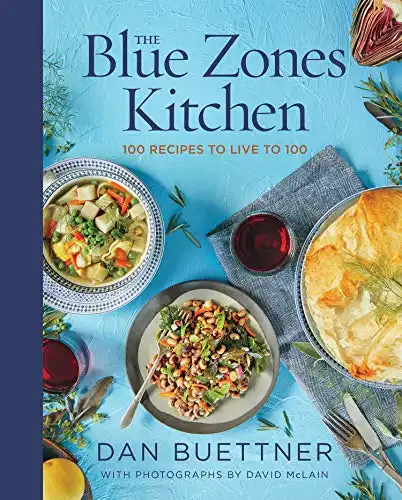
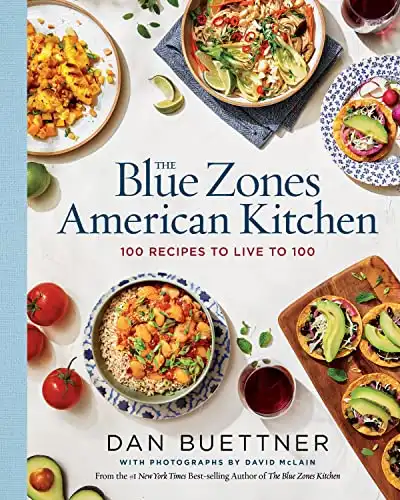



I read Okinawa off the list due to the influx of processed, western style foods.
Are they back on?
I haven’t heard that – but it would make sense – I’ll have to research but haven’t heard it from Dan Buettner or other sources.